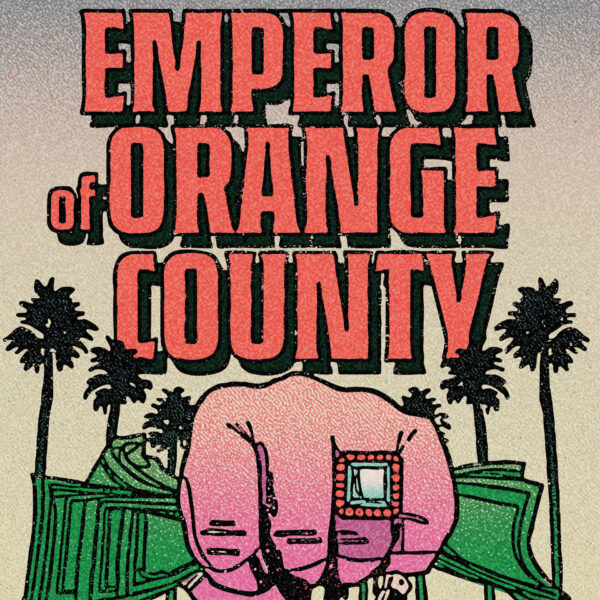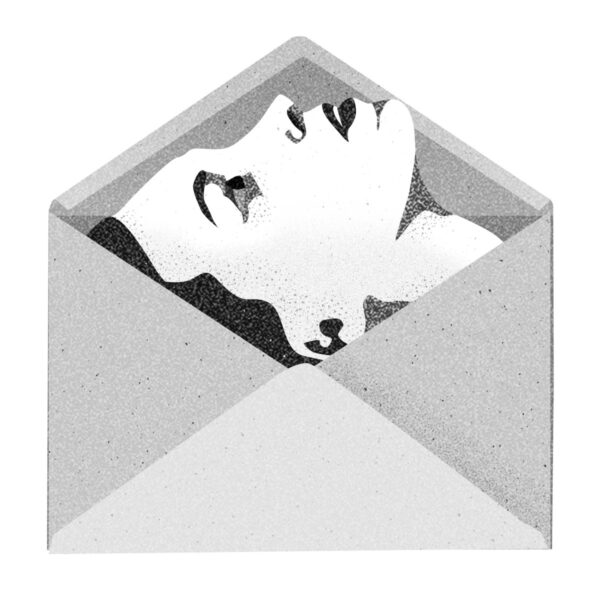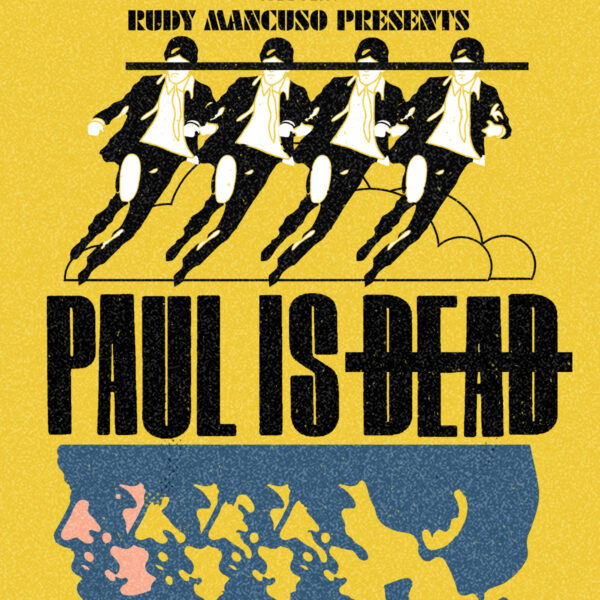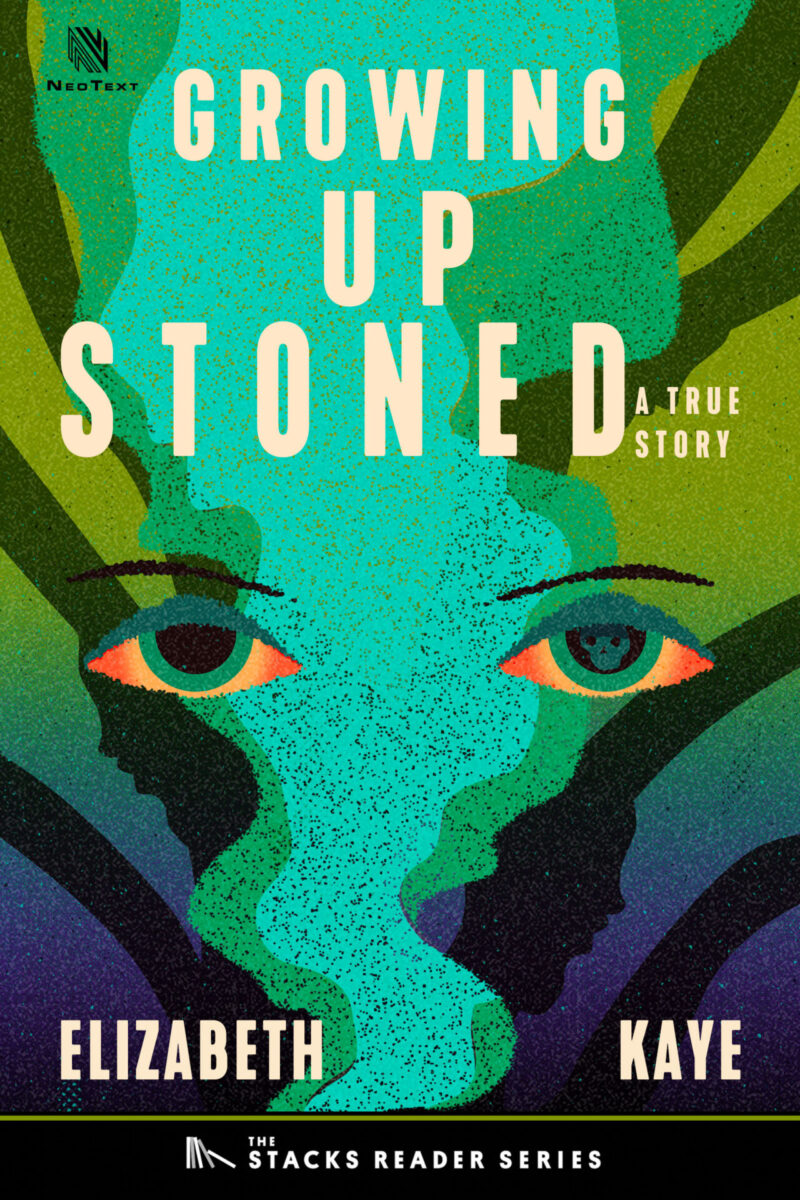
Growing Up Stoned (sample)
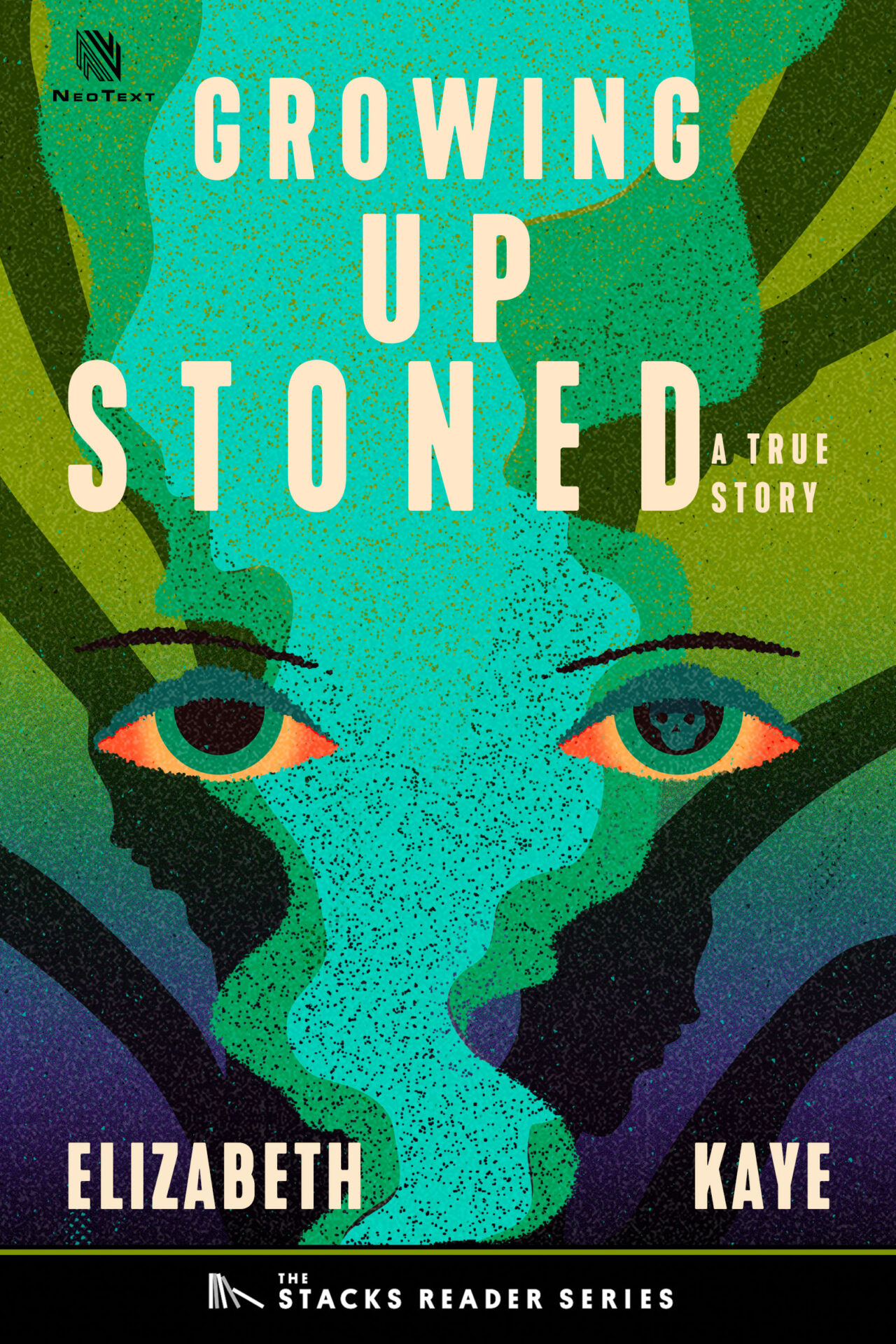
When one Milpitas teenager bragged about killing another, his friends didn’t believe him. When he showed them the corpse, they didn’t tell. Stoners don’t narc on their friends.
At moments in history, events occur that mirror society in so fundamental a way that they become metaphorical and reveal us to ourselves with the indisputable clarity of a traffic signal. An event such as this gave rise to the notoriety of Milpitas, a Northern California town that, prior to its recent expansion, had been dominated by two streets, both biblical and American in their resonance, one named Abel, the other named Main. The event took place in November, when the leaves are stained with their full, deep colors and the rays of the sun that intersperse with the cool, clear rain bring forth a vibrant green from the summer-parched hills like a syringe drawing red blood from a vein.
November 3, 1981, was a Tuesday, and on that day a sixteen-year-old named Jacques Broussard cut school with a fourteen-year-old named Marcy Conrad. This, in itself, was unexceptional. Jacques and Marcy were stoners. Stoners smoke a lot of pot and cut school often. They are also given, as are many children nowadays, to the utterly unchildish apprehension that life is not necessarily getting better, for they are part of the first generation of Americans raised by parents who no longer have reason to believe the sustaining tenet of the American dream: that the reward for hard work and sacrifice is the privilege of making one’s children’s lives far better than one’s own. As members of that generation, they view the world through the tarnished prism of their parents’ disappointment and conclude that they may as well live for today since being young may very well be the best thing that will ever happen to them.
So it may have been in the name of living for today that Jacques and Marcy cut school and eventually went to his house, a one-story, dark green house six blocks from hers, with a BEWARE OF THE DOG sign on the door, in the sort of neighborhood where houses are neatly centered between tiny front and back yards and where the color television is, as a rule, the focal point of the living room. Homes such as these were once a mere rung on the American ladder of acquisition and success, but in this era of diminished prospects they simultaneously constitute the end of the line and the apogee of a certain level of middle-class attainment.
Jacques’s family had lived in this house for many years, and it was here that his mother had died. His mother’s death was one of two things that set Jacques apart from everyone. The other was that he was Black, while all his friends were White. Of these two things, his mother’s death was the more significant by far.
Gloria Broussard died when her son was eight years old. Jacques was the one who found her body, so the impact of her death transcended grief and became one of abject horror. On what was an otherwise ordinary day Jacques came home from school, and the harbinger that something was dreadfully wrong was the living room rug, which was sodden with water. When he heard the shower running he treaded his way to the bathroom door, opened it, made has way through the water-soaked room, and drew back the shower curtain. He saw his mother’s naked body. She had died of natural causes a few hours earlier.
Jacques never quite recovered from that day, and all his friends knew it, which is why it was understood among them that they never breathed a word to Jacques about his mother. But Marcy Conrad dispensed with this crucial amenity, it seems, and said something about her, something truly mean. Or so Jacques told his friends. He also told them that is why he killed her.
Marcy became a corpse on Jacques’s living room couch. The corpse was half naked, and this was because before Marcy died Jacques either made love to her or raped her. Were stoners at all interested in irony or observation, Jacques might have been taken by the fact that the corpse was clad in nothing but a tank top with the words SPOILED ROTTEN on it and a necklace decorated with a gold marijuana leaf–shaped charm.
Once Marcy was dead Jacques was confronted with a succession of practical considerations, to which he apparently responded quite methodically. First he went outside, backed his pickup truck into the garage, and set about gathering up Marcy’s purse, jeans, and schoolbooks. He then lifted her body from the couch and began the formidable task of getting it out of the house. Jacques weighed 280 pounds and stood six foot four, and Marcy was just a little girl, but she was deadweight now. Jacques would later tell his friends that he had one hell of a time moving her. But finally he got the body into the back of his truck. The white truck was an unlikely hearse, with its KOME and KSJO stickers that appear on the cars of most stoners, letters that also appear as patches on their jeans and as decals on their schoolbooks. They are the call letters of two rock stations. The only thing the average stoner likes as well as weed is fine rock music.
Just as afternoon traffic was thickening, Jacques began his drive through the town, and the journey must have been riddled with the bottomless dread of someone stranded in a moment where nothing is casual anymore and where only the appearance of complete nonchalance can carry them through. But Milpitas is not a very big place, and Jacques had soon left it behind and was heading his truck five miles into the hills, where all the roads wind upward. He passed pleasant citadels of middle-class life like Spring Valley Golf Club and Diamond W Stables. Driving farther he passed nothing but clumps of scrub oak, valley oak, and eucalyptus. Among them were small groupings of black-branched plum trees, those reminders of a simpler, gracious era, before industry penetrated the Santa Clara Valley and it was somewhat prosaically known as the nation’s primary supplier of prunes.
Jacques drove on to Old Marsh Road, and then the scenery abruptly changed, and the trees and grass beside the road became as sensuously moist as those in the center of a rain-soaked forest. This spot is a gathering place for many young people in Milpitas, and the pungent blanket of fallen leaves and bright green clover that covers the earth shares its space with empty, crushed beer cans and shards of broken wine bottles.
It is here that Jacques scattered Marcy’s purse, jeans, shoes, and schoolbooks. Then he drove on, a half mile or so, to where Old Marsh Road merges again with the sun, and where the land to the south of the road slants down sharply to a barbed wire fence. Beyond the fence the land is flat, and in the near distance are cattle-loading pens. Just inside the barbed wire are sycamore trees, their leaves bright yellow in November. There is a huge oak among them. Oaks are slow-growing trees, and this one must be some hundreds of years old. Its branches reach up the incline, toward the road, but don’t quite get there. The branches have almost the shapes of people. They seem to be straining away from a disaster that they are rooted in and that is unavoidable.
This place was selected by Jacques Broussard as his final destination. He stopped the truck and took the half-naked corpse from it. He carried it down the incline and pushed it beneath the barbwire fence. The body rolled and was stopped by the thick trunk of the oak tree. There it remained for the next two days, in the sun and the wind and the cold and the dark, face down.
When one Milpitas teenager bragged about killing another, his friends didn’t believe him. When he showed them the corpse, they didn’t tell. Stoners don’t narc on their friends.
Including an introduction by imprint editor Alex Belth.
About The Stacks Reader Series
The Stacks Reader Series highlights classic literary non-fiction and short fiction by great journalists that would otherwise be lost to history—a living archive of memorable storytelling by notable authors. Brought to you by The Sager Group with support from NeoText
The local coverage was enormous. I decided that I would wait until the press cleared out. I never wanted to be part of a press corps because that is so limiting. I like to be the cleanup squad. You get much more that way. My goal was always to write the definitive piece. The piece that once it’s written nobody else will write about it because you’ve already said what needed to be said. That’s always the goal.
Elizabeth Kaye is not the kind of person who takes no for an answer. That helps explain why she has always had a gift for getting people to open up to her. A true child of the sixties—“I wasn’t just from the sixties,” she says, “I was stuck in the sixties.”—Kaye was devoted to Bobby Kennedy and devastated when he was killed. A few years later, after breaking into the business as a TV news writer, she tracked down Juan Romero, the busboy who held Kennedy in his arms the night RFK was assassinated at the Ambassador Hotel in Los Angeles. “I need to talk to you,” she told him. When he replied that he doesn’t speak to reporters, Kaye said, “You don’t understand. I need to talk to you.”
Kaye wrote a story about Romero that was accepted by the Village Voice and put on the cover to commemorate the fourth anniversary of Kennedy’s death. Kaye’s curiosities border on obsession. By the mid-1970s she supported herself writing profiles of celebrities such as Barbra Streisand, Alan Alda, and Linda Ronstadt for well-paying women’s magazines like Redbook and McCalls. That helped finance her passion projects—writing about whatever struck her fancy, from the Ellsberg trial to Elvis fans in Memphis and bodybuilders in LA.
She wrote often for New West, which became California magazine, which published “Growing Up Stoned” in 1982. Kaye later wrote for Rolling Stone, and then Esquire, where she specialized in long, intimate portraits of such men as international dancing legend Rudolf Nureyev, ABC News anchorman Peter Jennings, forever restless movie star Sylvester Stallone, and the embattled senator Teddy Kennedy.
Her work is remarkable for its clarity and the kind of hard-won details that can only be earned after spending a lot of time with a subject. She embedded herself and didn’t leave until she got her story. From the high school kids in “Growing Up Stoned” to the rich and famous, she has the knack for putting people at ease and getting them to share a side of themselves rarely seen in public. Her work is anchored in moral seriousness and, behind the curiosity of what happened in this case, Kaye conveys a sense of disillusionment and despair at how things could have come to this. In a local story of a bunch of teenagers who saw a dead body and then went home, got high, and didn’t mention it, represented the end of the sixties dream once and for all. And a harbinger of things to come.
—Alex Belth, Stacks Reader Series editor
Portrait of Elizabeth Kaye by WBYK
Alex Belth: Did you always want to be a writer? Elizabeth Kaye: I never thought I could be a writer because most nonfiction writers were men. But I wanted to be one. I was addicted to the news. I used to wait at the newsstand for the New York Post to come and I’d read Pete Hamill’s column, Jack Newfield’s column, and Jimmy Breslin’s column. I devoured Esquire, The Atlantic, Harper’s. Writing spoke to me and it’s what I wanted to do.
AB: Where did you grow up? EK: I was raised in Philadelphia until I was sixteen, then we moved to New York. My parents knew Nora Ephron’s parents and because of that, when I was about twenty-one, they set up a meeting for me to talk to Nora. I remember walking through the office of New York magazine and just being gobsmacked. All the writers I read and wanted to be were there. And Nora told me what I should do is get a job at a newspaper. I didn’t want to get a job at a newspaper, so I didn’t. Years later, in 1978, Nora came to the luncheon for the Alicia Patterson Fellowship Awards. Ten of us were finalists and they picked five and you had to be interviewed by a panel that included Nora and Tom Wicker. It was very scary and posh. I went up to her and said, “I met you ten years ago, and you told me I should work for a newspaper, but I never did.” And she said very kindly, “If I had known how good you are I wouldn’t have suggested it,” which I thought was extremely generous of her. It impressed me that, in addition to being so sharp and acerbic she was generous too.
AB: How did your career in writing begin? EK: I moved to LA and got a job writing for the anchorman at the local ABC News. We’d had an affair that had just ended. We met when he was anchoring the CBS Morning News. I was a dedicated news junkie and one day I became furious over a story he’d aired. I called his office—which you could do in those days—and complained to his secretary who didn’t know what to do with me, so she put me on the phone with him, and other things ensued. A year later he brought me to LA. By this point I’m twenty-six and I wanted to write for TV news. The anchorman’s producer arranged for me to have a crash course in writing news so that I could get a job at a local station. I was supposed to get three weeks of tutoring: one week on newswriting, one week on video, one week on film. At the end of it, bizarrely, I was hired to write for the anchorman, who was not pleased about it. But there I was, sitting next to him handing him copy. We fought constantly over what mattered and what did not. Finally, I left and went to work as the editorial writer for another anchorman, Baxter Ward, who was a big deal here in LA. One day, I wrote a fervently antinuke editorial for him to read on the air and he called me in and asked if I wrote it. I said yes and he said, “Don’t come in tomorrow.” And that was the end of me in TV news.
AB: How did you come to write for magazines? EK: I adored Bobby Kennedy and was devastated by his death. I swore that I would never go to the Ambassador Hotel in LA where he’d been shot, but in 1972, I had to go there for a job interview. While I was there, I wandered down to the kitchen and asked if Juan Romero still worked there. Romero was the busboy who held Robert Kennedy in his arms as Kennedy lay dying. It turned out that he’d left the Ambassador shortly after Kennedy died, but somebody gave me his phone number. I called him and said, “I need to talk to you.” He said, “I don’t speak to reporters.” And I said, “You don’t understand. I need to talk to you.” He let me come talk to him. He was so profoundly moving and told me that he believed he should have taken the bullet for Kennedy. I wrote about him and sent the piece to Rolling Stone and got a rejection note in the mail. But then I got a letter from Ross Wetzsteon, the editor of the Village Voice. He had found the piece in slush pile and said he wanted to print it. He read the slush pile himself! No editor of a weekly reads the slush pile but he did. He ran it on the front page of the Voice on the fourth anniversary of Bobby’s death. So that was my first piece.
AB: Did you start freelancing from there? EK: Well, I covered the Daniel Ellsberg trial for the Voice but then I got a job at the LA Times Magazine as a copyeditor, which is hilarious because I always failed grammar. The editor of that magazine was Jon Carroll. He’d read my Voice stuff and liked it. I was there a few months when I was offered a $100 to write twenty thousand words on the Ellsberg trial for a small but worthy magazine associated with Claremont College. So I quit my job at the Times and supported myself while writing that piece by waitressing at Hamburger Hamlet. After that, I wrote for women’s magazines: McCall’s, Redbook. I wrote profiles. I hated it. They were all hagiographic. But they paid very well. So, I’d use the money I made from them to travel and do pieces I cared about. I was fascinated by subcultures—Elvis fans, bodybuilders. I was also intrigued by the elderly people who frequented cafeterias in downtown Los Angeles. I started hanging out with them and they were amazing. I loved people who aren’t accepted by mainstream society. By that time Jon Carroll was the editor of New West magazine. One of his editors read my story about the people in the cafeterias and brought it to Jon, and he published it. That was the start of my association with New West, which later became California magazine. I wrote lots for both of them, but never wanted to be under contract at a magazine. I never wanted to feel trapped.
AB: Who influenced your writing at the time? EK: I was in love with David Halberstam’s writing at the time. Gay Talese. When I was doing those Ellsberg pieces, I would read a few pages of Halberstam’s The Best and the Brightest every day before I started writing. It would get me into the rhythm I needed for my sentences. At the time, if someone reviewed my work. I wanted them to say, “Elizabeth Kaye writes the way other people make documentary films.” Because I never put myself in the piece, I was always the camera. And I also didn’t want anyone to know, until they saw the byline, that I was not a man. I didn’t want my writing to be girlish. That was particularly true years later when I got to Esquire magazine.
AB: Was this piece about the kids in California the first true crime story you did? EK: Yes. As I mentioned, I’m a hopeless news junkie but not a true crime fan. But then I heard about those kids looking at that dead body in the hills and going home and eating dinner and not saying anything. That is what got to me. I was floored by that, and I wanted to know how it could happen. What had gone wrong so that could happen? That’s why I went to Milpitas where I lived for a month. You could never do that story now because you had to be there long enough to get people’s confidence.
AB: Did it take a while for people in the town to be comfortable with you? EK: Yes. I was young enough and skinny enough so that I could show up at the high school in a T-shirt and sneakers and I was able to sneak onto the schoolyard because I looked like one of the kids. That’s how I found the kids. I told them where I was staying and said, “If you want to talk to me there, come by.” A few nights later I’m sitting in my motel room and a group of kids came over. I didn’t judge them. I just wanted their story. There was also a local cop, a wonderful guy, who was incredibly helpful to me. I wouldn’t have been able to do it without his trust. But I’m a pretty straight shooter and people see that. All I wanted to know was how did this happen? And it happened because these kids were so disaffected, which I put it down to their parents who were sixties people with all that implies and just weren’t very good parents. And it seemed to me that all the hopeful dreams that abounded before the assassinations of the 1960s—JFK, Dr. King, Bobby—all of that had been aborted and this is what had been born in its place.
AB: How did you approach writing a feature about a story that had been covered, at least locally? EK: The local coverage was enormous. I decided that I would wait until the press cleared out. I never wanted to be part of a press corps because that is so limiting. I like to be the cleanup squad. You get much more that way. My goal was always to write the definitive piece. The piece that once it’s written nobody else will write about it because you’ve already said what needed to be said. That’s always the goal.
AB: Although you are not a character in the story, there is a strong sense of moral outrage in this piece. EK: One day I told the assistant principal who features in the piece that trope about if you put a frog in hot water, it will jump out to save its life. But if you put it in cool water and slowly raise the temperature it will boil to death. And the assistant principal said, “And what you’re seeing here is the water slowly being heated.” That is what I was seeing. A little bit like what Joan Didion saw when she went to Haight-Ashbury. You’re seeing the thing that is the future. And I think time has proven that that’s what I saw. The other thing I said was that this was the first generation of children whose parents’ lives would be better than their own. And that, of course, not only still applies but has become a cliché.
AB: You came from a generation where you thought things were going to get better. EK: That stopped for me the night Bobby died. What I saw in these kids is what I’d concluded fourteen years before. Yeah, they were high, that’s how they lived with it. That doesn’t explain it, either. They looked at the dead body of a girl they had known, covered her up with leaves, and went home like nothing happened. That can’t occur unless there is a horrible rupture in society. And this story takes place in the beginning of the ’80s. We’d just come off the “Me Decade” that I was not a fan of. I wasn’t just from the sixties—I was stuck in the sixties. I was appalled by what had happened since then, by all these sixties political crusaders who came out to Hollywood to be producers. I just felt like the promise of everything had died.
AB: Do you recall the reaction to the piece? EK: It got a huge response because it was very shocking. People didn’t know the story for one thing.
AB: Did you ever hear from the kids? EK: No.
AB: Was it ever optioned by Hollywood? EK: Herbert Ross was interested. I went to lunch with him and he wanted to buy it, but I was interested in another story by then so nothing ever happened. Then a few years later, I read about a movie called River’s Edge and said, “They stole my story.” I talked to a lawyer about it, and was told it would cost me so much to sue that whatever I got wouldn’t cover my costs, so it wasn’t worth it. But a review in the Village Voice made the point that they’d stolen my story and that’s the closet I ever came to getting any credit for it. I watched a little bit of the movie; I was so angry I couldn’t watch the whole thing. But the magazine story was a success. I stand by it, and it still breaks my heart.
CHECK OUT THE SAMPLE PAGES BELOW!
Click the fullscreen icon (far right) for an enhanced reading experience
Click here to buy a copy of Growing Up Stoned from Amazon


